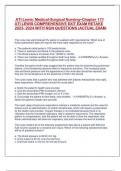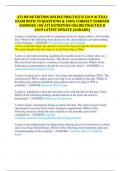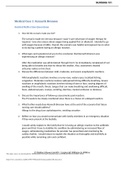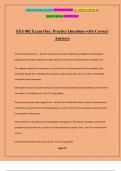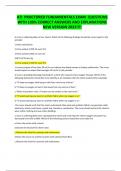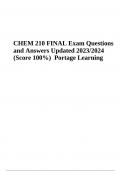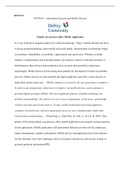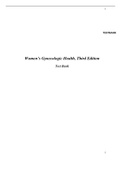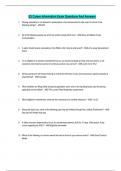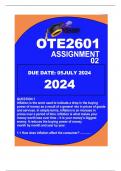Exam (elaborations)
ATI Lewis: Medical-Surgical Nursing~Chapter 17// ATI LEWIS COMPREHENSIVE EXIT EXAM RETAKE WITH NGN QUESTIONS (ACTUAL EXAM) The nurse has administered 3% saline to a patient with hyponatremia. Which one of these assessment data will require the
- Module
- Institution
ATI Lewis: Medical-Surgical Nursing~Chapter 17// ATI LEWIS COMPREHENSIVE EXIT EXAM RETAKE WITH NGN QUESTIONS (ACTUAL EXAM) The nurse has administered 3% saline to a patient with hyponatremia. Which one of these assessment data will require the most rapid response by the nurse? a. The patients...
[Show more]
